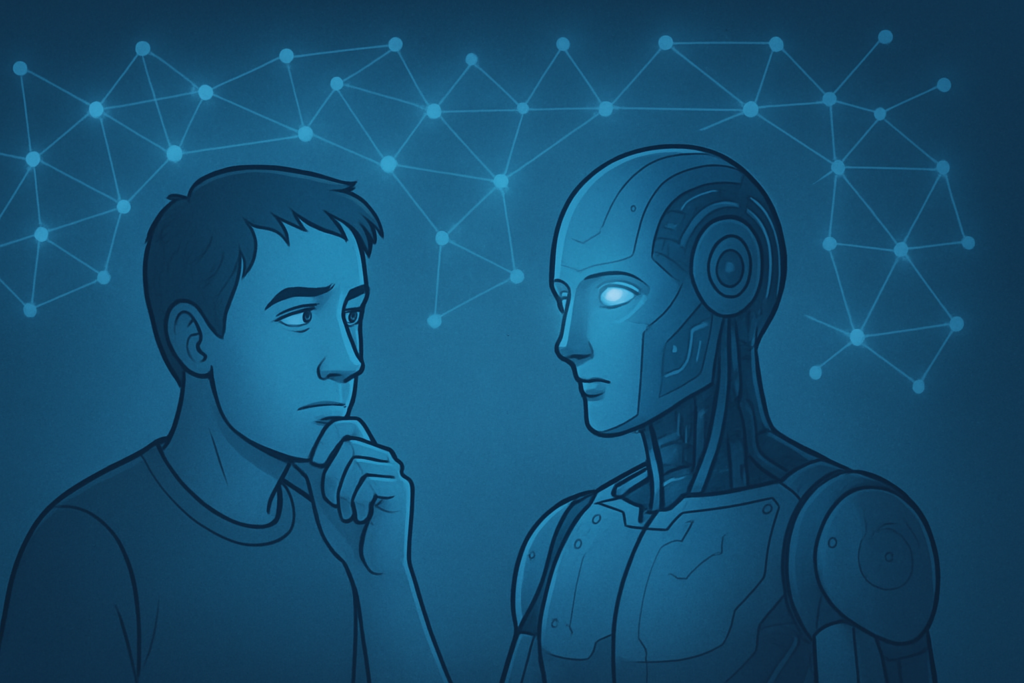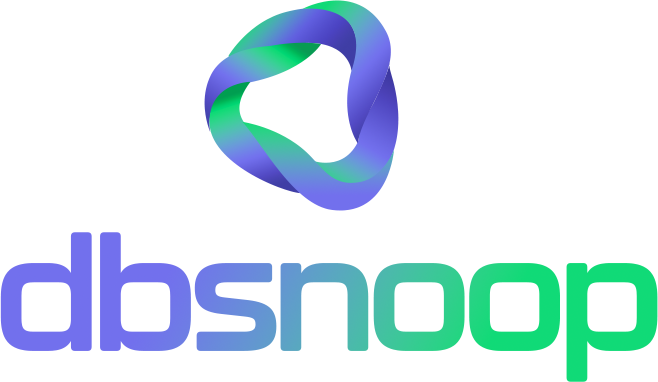

If you’ve ever watched Star Trek—and if you work with technology, you should—you may not even realize how visionary that 1960s series was. Amidst interstellar adventures, Gene Roddenberry introduced us to a concept that is only now beginning to materialize consistently: interacting with computers through voice, in a natural, fluid, and intelligent way. No mouse. No keyboard. No touch.
That’s right. While in real life we were still typing on green-screen terminals and calling it “high tech,” on the Enterprise, Captain Kirk would say, “Computer…” and the system would respond as if it were a crew member. That was more than science fiction—it was an early masterclass in HCI (Human-Computer Interaction). The Computer was essentially Siri or Alexa, only far more powerful and sophisticated, back in the 1960s.
And now, six decades later, we are finally building systems that converse, learn, respond, and even make decisions. But the question remains: are we doing it the right way?
HCI is not about machines. It’s about humans.
When we talk about HCI in the development of Artificial Intelligence applications, the most common mistake is to think that the focus is on technology. Spoiler: it’s not.
HCI is about understanding how humans behave, think, feel, and make decisions—and then building systems that fit into that flow, not the other way around.
AI can be powerful, predictive, and autonomous. But if the user interface is cold, confusing, or frustrating, the system fails. This is even more critical in AI-driven solutions, because the level of abstraction, inference, and invisible complexity increases. Have you ever tried talking to a chatbot that doesn’t understand what you’re saying? It feels more like an annoying tribble than an intelligent copilot.

AI without good interaction is just sophisticated automation
Imagine an AI system that analyzes medical images with expert-level precision. Fantastic. But… how does the doctor interact with it?
- Does he need to open a dashboard with 10 screens?
- Does the AI explain how it reached its conclusion?
- Is there transparency? Is there trust?
- Does the system learn from the doctor’s corrections?
HCI is the bridge between the power of AI and practical usefulness for humans. It’s what transforms a model into a product, an algorithm into a solution, and a technical feature into a real ally.
Star Trek taught us: the computer is a team member
In Star Trek, the computer wasn’t just a tool. It was almost a character. It listened, processed, responded—and did so with natural response time. There was implicit trust in its presence. It didn’t need “pretty screens”—the interaction was conversational, efficient, and transparent.
And that’s where we are heading today.
Solutions like eParla, for example, propose natural language interactions between citizens and public systems. The goal is not just to automate tasks but to transform the computer into a proactive dialogue partner, like the Enterprise’s system. And platforms like dbsnOOp, which observe and explain database behavior, only make sense if they communicate well with the human behind the operation.
It’s not enough for AI to work—it needs to make itself understood.
HCI in practice: 5 questions every AI developer should ask
If you’re building an AI-based application, keep this checklist pinned to your lab wall (or your terminal screen, if you’re geekier):
- Does the user understand what the AI is doing?
- Does the system adapt to the user, or does the user need to adapt to the system?
- Is there explainability in decisions?
- Does the system learn from the user?
- Does the interaction feel natural, or is it just another digital form with buzzwords?
If your answers to these questions are weak, maybe your AI hasn’t quite left the 20th century.

The future is multimodal, multimachine, and multihuman
With the arrival of generative AI, conversational interfaces, visual assistants, and immersive environments, the very concept of interface is changing.
Today, we talk to machines. Tomorrow, we’ll collaborate with them in real time, as crew members. It’s no longer about click and response—it’s about intention, context, and continuous dialogue.
And that’s where HCI becomes more critical than ever.
Where are we going?
Gene Roddenberry didn’t just create a universe. He gave us a vision of a future where technology doesn’t isolate, it connects. Where interaction with machines is simple, natural, and powerful.
The good news? We’re getting there. The bad news? There’s still a lot of AI being built as if we were in the DOS era.
If you work on developing AI-based systems, start studying HCI with the same seriousness as you study architecture, models, or APIs. Because in the end, it’s not about what AI can do—it’s about what it can achieve together with humans.
And as Spock would say: “Logic is the beginning of wisdom, not the end.”
Want to continue this conversation?
Leave a comment, share this with your team, or reach out for a chat. After all, we’re all on this journey of exploration—and the next frontier is precisely this: the interaction between humans and artificial intelligence.
Live Long and Prosper
Schedule a demo here.
Learn more about Flightdeck!
Learn about database monitoring with advanced tools here.
Visit our YouTube channel to learn about the platform and watch tutorials.


